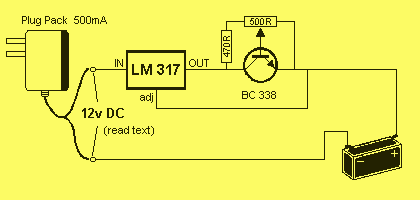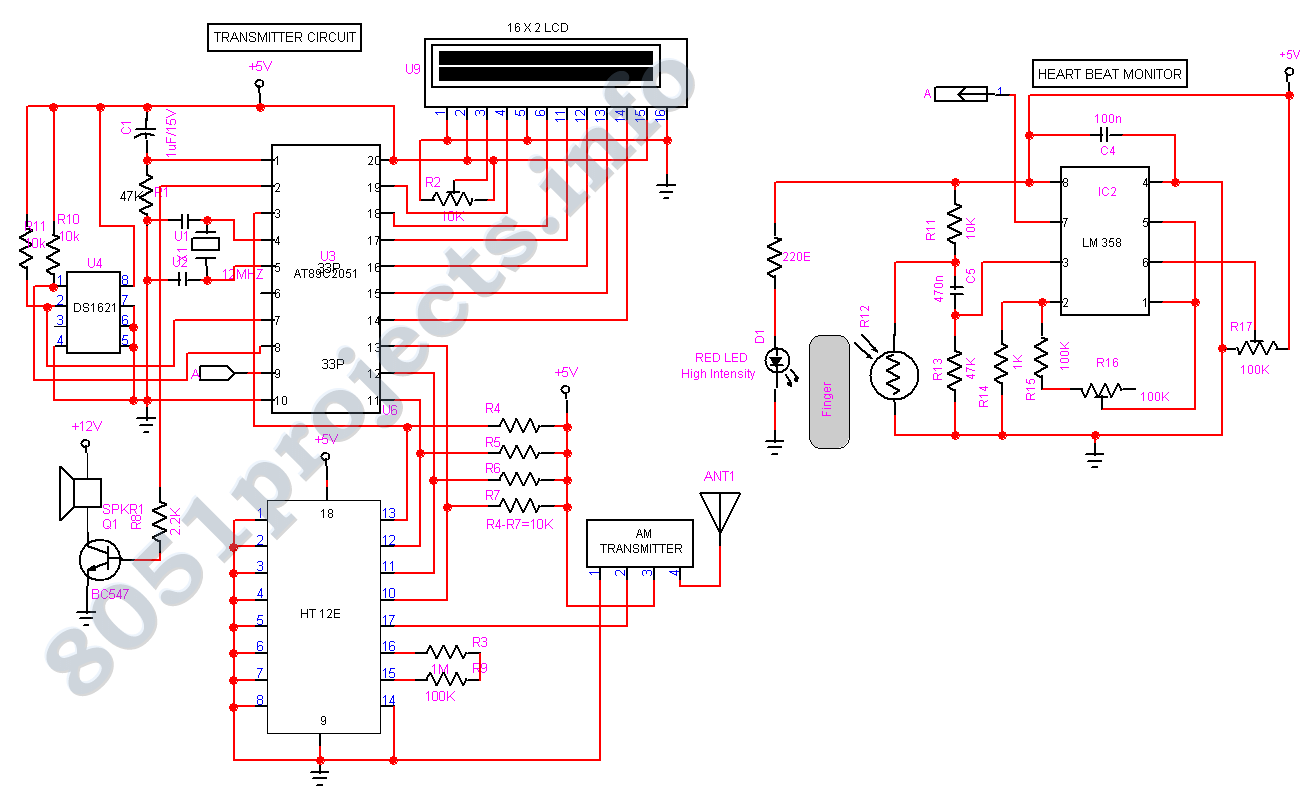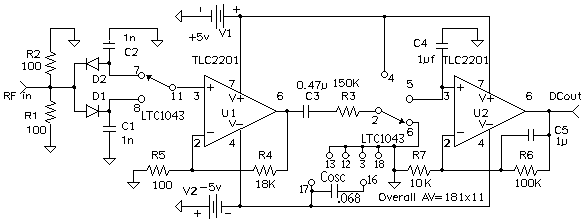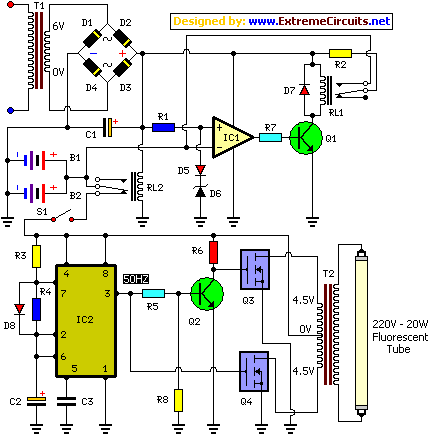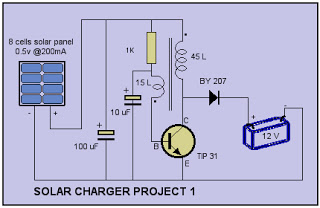
Linear SuperCap Charger with Current-Limited Ideal Diode and V/I Monitor
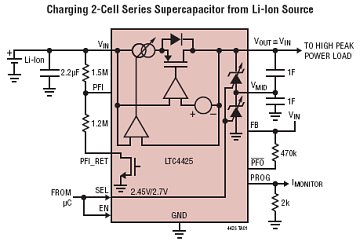
The LTC4425 is a constant-current/constant-voltage linear charger designed to charge a two-cell supercapacitor stack from a Li-Ion/Polymer battery, a USB port, or a current-limited supply ranging from 2.7V to 5.5V. This component functions as an ideal diode with a very low on-resistance of 50 mΩ, making it suitable for applications that require high peak power and low average power consumption. The LTC4425 charges the output capacitors to an externally programmed output voltage in Low Drop-Out (LDO) mode at a constant charge current, or to VIN in normal mode, utilizing a smart charge current profile to limit inrush current until the voltage differential between VIN and VOUT is less than 250 mV. Additionally, the LTC4425 can be configured to clamp the output voltage to either 4.9V or 5.4V. The charge current, or VOUT current limit, is set by connecting a resistor between the PROG pin and ground. The voltage present on the PROG pin indicates the current flowing from VIN to VOUT for monitoring purposes. An internal active balancing circuit ensures equal voltage distribution across each supercapacitor and limits the peak voltage across each cell to a selectable maximum value. The LTC4425 operates with a low quiescent current of 20 µA (with a shutdown current of less than 3 µA) and is available in a compact 12-pin 3mm x 3mm DFN package or a 12-lead MSOP package.
The LTC4425 provides a robust solution for charging applications requiring efficient energy management and precise voltage regulation. The dual-mode operation—LDO and normal mode—enhances versatility, allowing designers to adapt the charging strategy based on the application requirements. The smart charge current profile is particularly beneficial in preventing damage from inrush currents, thereby increasing system reliability.
The programmable output voltage feature allows for customization to specific application needs, while the active balancing circuit ensures longevity and performance of the supercapacitor stack by preventing overvoltage conditions. The choice of package dimensions facilitates integration into space-constrained designs, making the LTC4425 suitable for portable devices and compact electronic systems. Furthermore, the low quiescent current ensures minimal power draw during standby conditions, enhancing overall energy efficiency.
In summary, the LTC4425 is an advanced linear charger that combines low on-resistance, flexible charging modes, and intelligent current management, making it an excellent choice for applications involving supercapacitors and requiring precise voltage regulation.The LTC4425 is a constant-current/constant-voltage linear charger designed to charge a 2-cell supercap stack from either a Li-Ion/Polymer battery, a USB port, or a 2. 7V to 5. 5V current-limited supply. The part operates as an ideal diode with an extremely low 50m © on-resistance making it suitable for high peak-power/low average power applications.
The LTC4425 charges the output capacitors to an externally programmed output voltage in LDO mode at a constant charge current, or to VIN in normal mode with a smart charge current profile to limit the inrush current until the VIN to VOUT differential is less than 250mV. In addition the LTC4425 can be set to clamp the output voltage to 4. 9V or 5. 4V. Charge current (VOUT current limit) is programmed by connecting a resistor between PROG and GND. The voltage on the PROG pin represents the current fl owing from VIN to VOUT for current monitoring. An internal active balancing circuit maintains equal voltages across each supercapacitor and clamps the peak voltage across each cell to a pin-selectable maximum value.
The LTC4425 operates at a very low 20 A quiescent current (shutdown current <3 A) and is available in a low profile 12-pin 3mm G— 3mm DFN or a 12-lead MSOP package. 🔗 External reference
The LTC4425 provides a robust solution for charging applications requiring efficient energy management and precise voltage regulation. The dual-mode operation—LDO and normal mode—enhances versatility, allowing designers to adapt the charging strategy based on the application requirements. The smart charge current profile is particularly beneficial in preventing damage from inrush currents, thereby increasing system reliability.
The programmable output voltage feature allows for customization to specific application needs, while the active balancing circuit ensures longevity and performance of the supercapacitor stack by preventing overvoltage conditions. The choice of package dimensions facilitates integration into space-constrained designs, making the LTC4425 suitable for portable devices and compact electronic systems. Furthermore, the low quiescent current ensures minimal power draw during standby conditions, enhancing overall energy efficiency.
In summary, the LTC4425 is an advanced linear charger that combines low on-resistance, flexible charging modes, and intelligent current management, making it an excellent choice for applications involving supercapacitors and requiring precise voltage regulation.The LTC4425 is a constant-current/constant-voltage linear charger designed to charge a 2-cell supercap stack from either a Li-Ion/Polymer battery, a USB port, or a 2. 7V to 5. 5V current-limited supply. The part operates as an ideal diode with an extremely low 50m © on-resistance making it suitable for high peak-power/low average power applications.
The LTC4425 charges the output capacitors to an externally programmed output voltage in LDO mode at a constant charge current, or to VIN in normal mode with a smart charge current profile to limit the inrush current until the VIN to VOUT differential is less than 250mV. In addition the LTC4425 can be set to clamp the output voltage to 4. 9V or 5. 4V. Charge current (VOUT current limit) is programmed by connecting a resistor between PROG and GND. The voltage on the PROG pin represents the current fl owing from VIN to VOUT for current monitoring. An internal active balancing circuit maintains equal voltages across each supercapacitor and clamps the peak voltage across each cell to a pin-selectable maximum value.
The LTC4425 operates at a very low 20 A quiescent current (shutdown current <3 A) and is available in a low profile 12-pin 3mm G— 3mm DFN or a 12-lead MSOP package. 🔗 External reference
